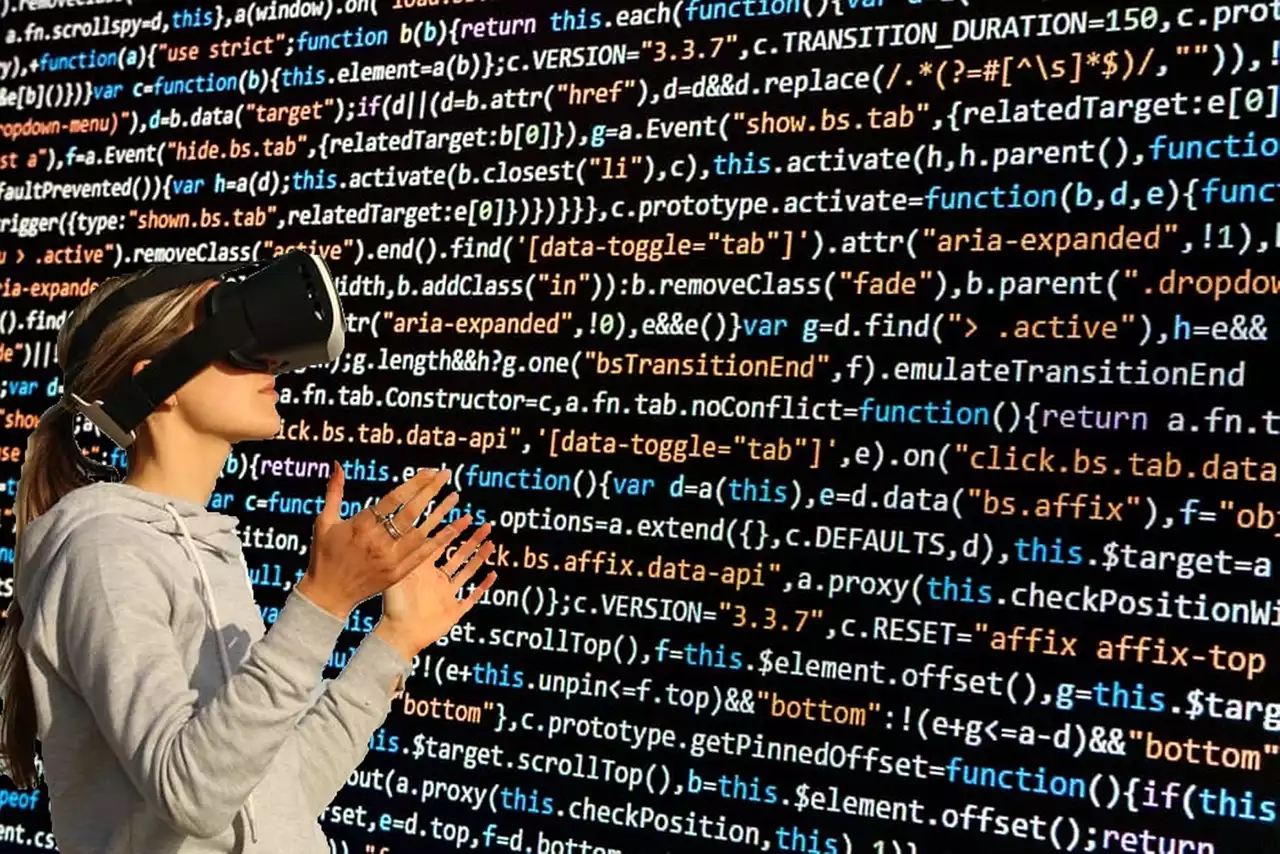Benefits of using AI for remote collaboration
Remote collaboration has become the norm for many businesses, and for good reason. It allows businesses to save on overhead costs, expand their talent pool, and offer employees more flexibility in their work schedules. However, remote collaboration also comes with its set of challenges. Communication barriers, time zone differences, and the lack of face-to-face interaction can hinder team productivity and cohesion. This is where AI comes in.
AI-powered tools can help businesses overcome these challenges by providing real-time translation services, automating routine tasks, and improving communication channels. By leveraging AI, businesses can create a more streamlined and efficient remote collaboration process that allows teams to work together seamlessly, no matter where they are in the world.
AI-powered virtual assistants for remote teams
One of the most significant challenges of remote work is scheduling and managing meetings across different time zones. AI-powered virtual assistants can help ease this burden by automating the scheduling process. These assistants can analyze team members' schedules and preferences to find the best time for a meeting that works for everyone. They can also send out meeting invites, set reminders, and even transcribe meeting notes, making it easier for team members to catch up on missed meetings.
Virtual assistants can also help improve team communication by sending out reminders for deadlines, providing updates on project progress, and answering routine questions. This frees up team members' time, allowing them to focus on more critical tasks.
AI-powered video conferencing tools
Video conferencing has become an essential part of remote collaboration, but it can be challenging to ensure that everyone is engaged and participating. AI-powered video conferencing tools can help by providing real-time transcription services, allowing team members to read what is being said instead of trying to listen and take notes simultaneously. These tools can also provide automatic translations, making it easier for teams working across different languages to communicate effectively.
Some video conferencing tools also come with AI-powered features such as background noise suppression, facial recognition, and virtual backgrounds that can help improve the overall meeting experience. These features can help reduce distractions, improve communication, and create a more professional setting for remote meetings.
AI-powered project management tools
Remote collaboration requires effective project management to ensure that everyone is working towards the same goals. AI-powered project management tools can help by automating routine tasks, such as scheduling deadlines and assigning tasks. These tools can also provide data-driven insights into project progress, allowing team members to identify potential roadblocks and adjust their strategies accordingly.
AI-powered project management tools can also help improve team communication by providing a centralized platform for team members to share updates, ask questions, and collaborate on tasks. This can help improve team cohesion and ensure that everyone is on the same page.
AI-powered language translation tools
With remote teams working across different languages, language barriers can hinder effective communication. AI-powered language translation tools can help by providing real-time translations of written and spoken communication. These tools can translate emails, chat messages, and even video conferencing conversations. This can help improve communication and ensure that everyone is on the same page, regardless of their language.
How to Use AI to Translate Your Videos into Different Languages
AI-powered chatbots for customer service
Providing excellent customer service is critical for any business, but it can be challenging when team members are working remotely. AI-powered chatbots can help by providing automated customer service, answering routine questions, and resolving basic complaints. This can free up team members' time, allowing them to focus on more complex customer issues.
Chatbots can also help improve customer service by providing 24/7 support, reducing response times, and personalizing the customer experience. By leveraging AI-powered chatbots, businesses can create a more efficient and effective customer service process, even when team members are working remotely.
AI-powered collaboration tools for brainstorming and ideation
Brainstorming and ideation are critical for innovation, but it can be challenging to collaborate effectively when team members are working remotely. AI-powered collaboration tools can help by providing virtual whiteboards, mind maps, and other visual aids that can help team members brainstorm and share ideas in real-time.
These tools can also help improve team communication by providing a centralized platform for team members to share ideas, provide feedback, and collaborate on projects. By leveraging AI-powered collaboration tools, businesses can foster a more creative and collaborative environment, even when team members are working remotely.
Examples of companies using AI for remote collaboration
Many companies have already started leveraging AI to enhance their remote collaboration efforts. For example, Microsoft Teams uses AI-powered transcription services and background noise suppression to improve the video conferencing experience. Slack uses AI-powered chatbots to provide automated customer service, and Trello uses AI-powered project management tools to automate routine tasks.









